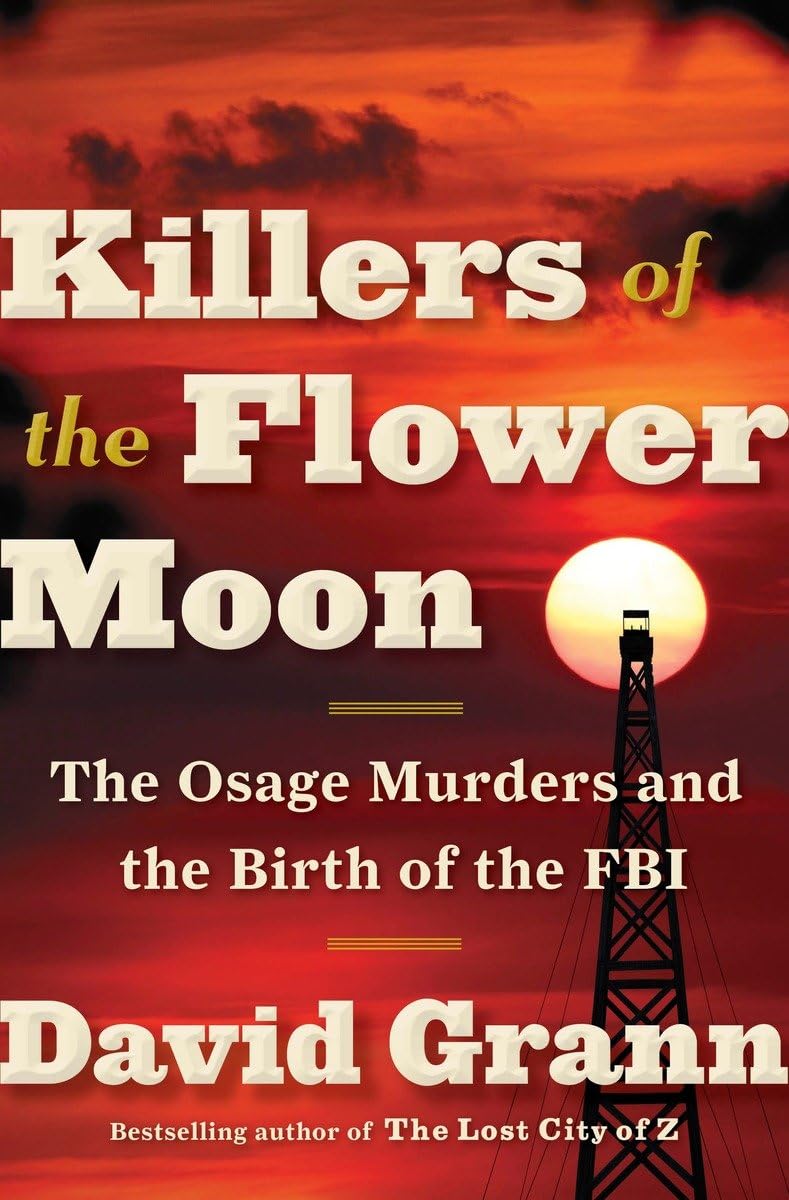Chapter 1: The Vanishing
byThe Vanishing in the Osage territory sets the stage for a haunting turn of events. Oklahoma’s landscape, vibrant with the colors of spring, is soon overshadowed by the taller plants that emerge in May, a period the Osage call the “flower-killing moon.” This time, marked by the interplay of growth and decay, mirrors the deepening crisis that would soon engulf the Burkhart family. As Mollie Burkhart senses something ominous brewing, her intuition is confirmed when her sister Anna Brown vanishes without a trace. Known for her adventurous spirit, Anna would often disappear into the night, but this time, her absence drags Mollie into a deep and persistent worry, especially with the recent loss of their sister Minnie, a wound that still hasn’t healed in the family’s collective heart. The Osage, a community whose lives were deeply intertwined with the land and its changing seasons, now found themselves grappling with a new, unsettling season of grief, uncertainty, and fear.
In the years leading up to this crisis, the Osage people had experienced a remarkable transformation. Once driven from their ancestral lands, they had discovered vast reserves of oil beneath their new home in Oklahoma, which made them some of the wealthiest people in the world. The oil boom brought significant wealth to the Osage, but it also brought a torrent of jealousy, exploitation, and danger, as the outside world became increasingly aware of their prosperity. The Osage people’s wealth attracted unwanted attention, and instead of being a source of security, it became a double-edged sword, exposing the community to the greed and corruption of those who sought to take advantage of them. The more the Osage amassed wealth, the more they became targets, and the peace they had once known on their land was increasingly overshadowed by the growing threat of violence and exploitation from outsiders seeking to control their resources.
Mollie’s fear grows as the days pass with no word from Anna. Known for her unpredictable lifestyle, Anna had recently gone through a divorce, and her actions had become increasingly erratic. Living in a town like Whizbang, where laws were often bent and moral codes blurred, Anna’s disappearance begins to reflect the larger turmoil faced by the Osage people. Boomtowns were not only places of economic opportunity but also breeding grounds for lawlessness, where desperation, greed, and violence often masked as prosperity. Amidst this, Mollie’s marriage to Ernest Burkhart, a man of mixed heritage, presents its own set of challenges. Their union is tested not only by the societal prejudice they face but also by the mounting pressures of living in a world where traditional values and modern greed often collide, leaving the Burkhart family caught in a constant struggle to preserve their dignity and their land.
The situation becomes even grimmer when Charles Whitehorn, another Osage who had disappeared, is found dead. His body was discovered near Three Mile Creek, marking another tragic loss in the community. When Anna’s body is finally identified by her recognizable gold fillings, the Burkhart and Smith families are left to confront the chilling truth: Anna was murdered, a victim of a wider conspiracy, and her death was just another in a series of killings that had been plaguing the Osage for some time. The revelation sends shockwaves through the community, as the fears of the Osage people—that they were being hunted, not just for their land but for their wealth—become painfully real.
The tragic discovery of Anna’s body is only the beginning of a larger unraveling, as the community grapples with the weight of these events. The Osage people are left to reflect on the profound loss of their loved ones, the loss of peace, and the loss of innocence, all while trying to hold on to the precious cultural and spiritual ties that have bound them to this land for centuries. The deaths of Anna and other Osage people are not just individual tragedies; they represent a systematic stripping away of security and trust, leaving the Osage vulnerable to external forces that only seek to take advantage of their wealth. The community, once a symbol of resilience, is now in disarray, forced to confront the bitter truth that their prosperity has made them targets, and they must now fight to survive in a world shaped by greed.


